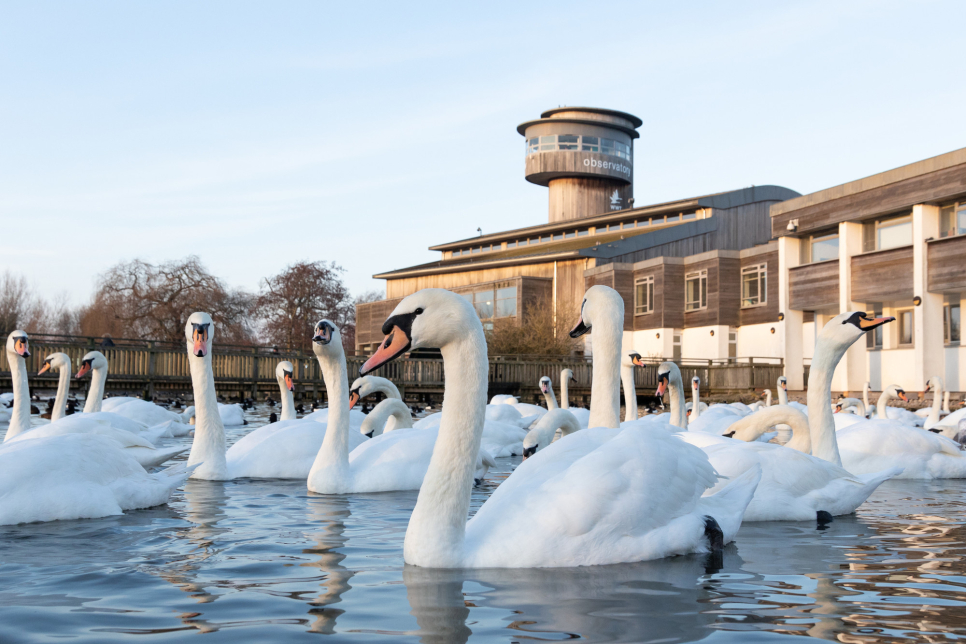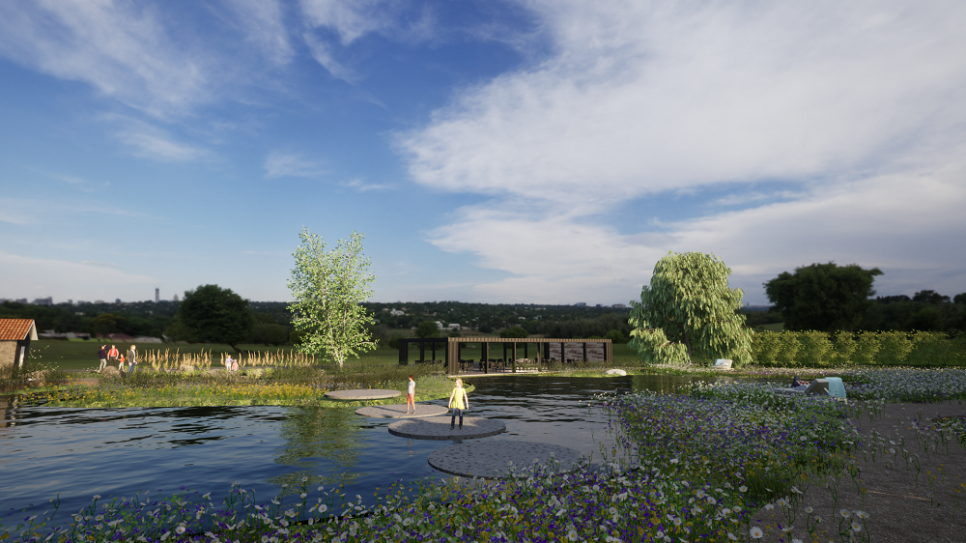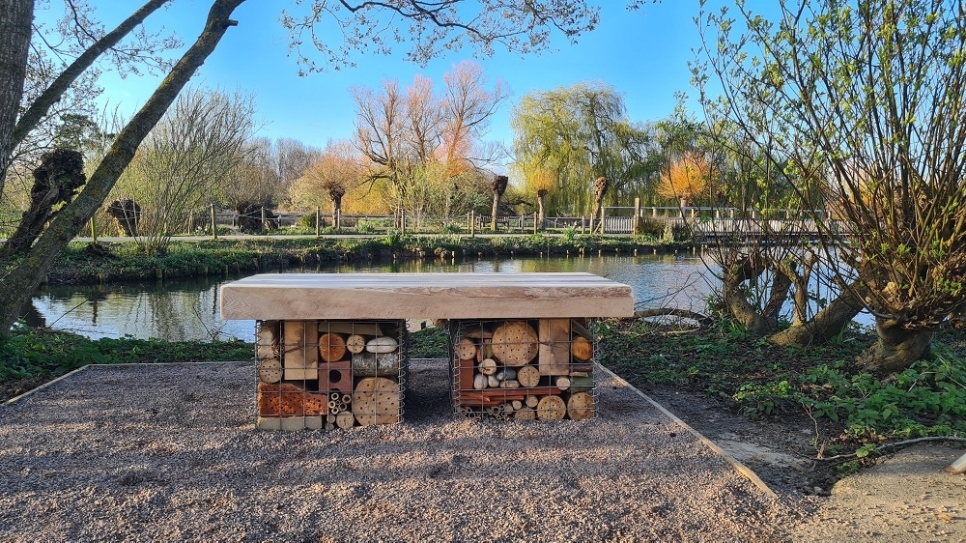An update from our Reserve team
Behind the scenes, our work continues. Although you may not be able to visit our wetland centres for now, over the coming weeks we will keep them virtually accessible to you via our website and social media feeds.
Behind the scenes, our work continues. Although you may not be able to visit our wetland centres for now, over the coming weeks we will keep them virtually accessible to you via our website and social media feeds.
The work continued on the reserve last week to finish the first phase of a new access track through part of the Withy Bed from the Pond Zone gate.
To start this will allow us dry vehicle access for managing the area and Estuary Walkway, but long-term could become to the new improved access route for visitors, improving the view and wheelchair/pushchair access. The small bridge at the Martin Smith Hide and tunnel would probably remain as an alternative route.
Meanwhile work has also been finished at the Willow Hide. A small section of willow coppice has been removed to make way for a new orchard. Four fruit trees have been planted, all local heritage varieties, and should provide a natural food source for our birds in the winter months along with the feeders. Here the two Water Rails continue to be seen regularly, and a Reed Bunting is often seen with the House Sparrow flock.
As part of our morning rounds we are cleaning all hand rails, shelves, window catches and handles etc. in our hides to help reduce the risk of cross infection. We do what we can but ask visitors to also take their own precautions. Information has been put up in all hides too.
Our first spring arrivals started back in January with the arrival of Oystercatchers, followed by our Avocet. Last week we had over 100 Avocet on the reserve, amazing considering last year’s peak count was around 140 birds which included the juveniles hatched that year! The species started breeding here (and for the first time in Gloucestershire) in 2012 and have gone from strength to strength. We’re now seeing Chiffchaff start to sing around the reserve, a couple of Blackcap too.
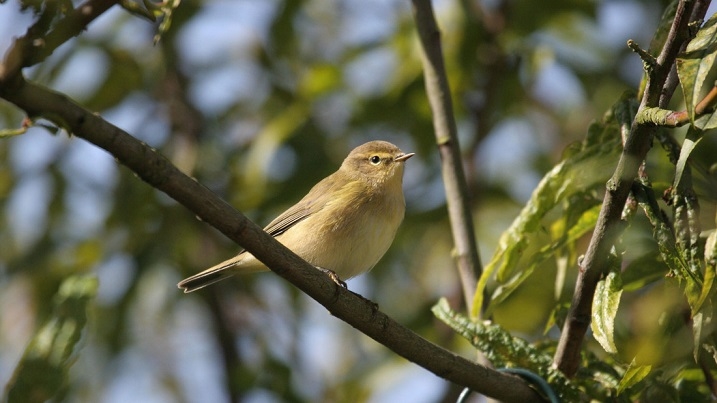
Down at the Kingfisher Hide there are signs that the female has now starting laying. One the clutch is complete there will be a quiet incubation period for about a month before the chicks hatch, and then there will be lots of activity. Hopefully we can remain open and everyone can get to see them.
A few Sand Martin have also been around this week, another sign spring is coming, and we’ve seen a couple of Grey Plover on the Dumbles. The last of the Golden Plover have gone, but we’ve got a small flock of passage birds stopping over.
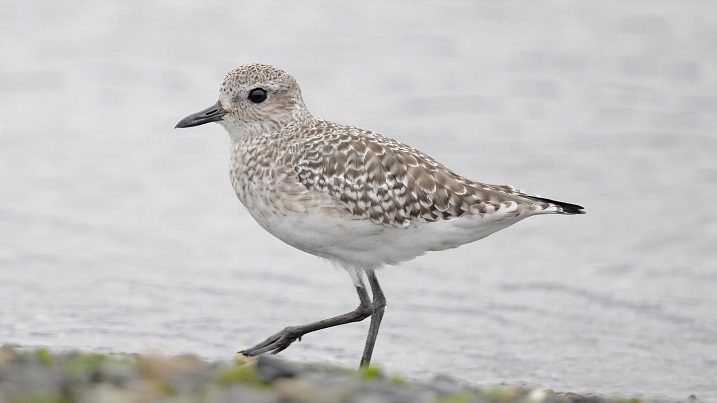
Other highlights this week have included an adult Spoonbill up and down the estuary, starting on the Dumbles on Saturday and offering great views to visitors. The bird then moved up towards Frampton but is now back with us. The pair of Goldeneye have been seen on the South Lake, although no reports for the last couple of days so they may have migrated or just having fewer visitors and no volunteers in may mean they are just being missed on the morning round and turning up later in the day. Last week an Iceland Gull was flushed off the river by the rising tide and settled on the Dumbles for the morning.
The Cattle Egret continues to appear from time to time, lately favouring the Pillbox Pool next to the Estuary Tower. The White-fronted Goose flock looks to have dropped to 85 birds, from a peak of 127 this season. They like many of our other birds will soon be off to breeding grounds in the east and north.
Our Crane pairs continue to be seen, with some dancing and calling going on. Our current pairs are; Oakie & Sherbert, Monty & Evie, Wendy & Albert, Phelps & Elizabeth Royal, Kia & Chocolo, Ruby and an unringed partner. Last week we saw another new unringed bird arrive on the reserve, and he(?) appears to have taken an interest in Sedge, who has been alone since Monty left her (for the second time) a couple of seasons ago. We don’t think any of our pairs are yet really nest building or incubating, they tend to be later birds starting in April anyway – but exclusive behind the scenes news from the Great Crane Project are that three pairs are already incubating, two in Somerset and one in Oxfordshire. Fingers crossed our birds get going soon!
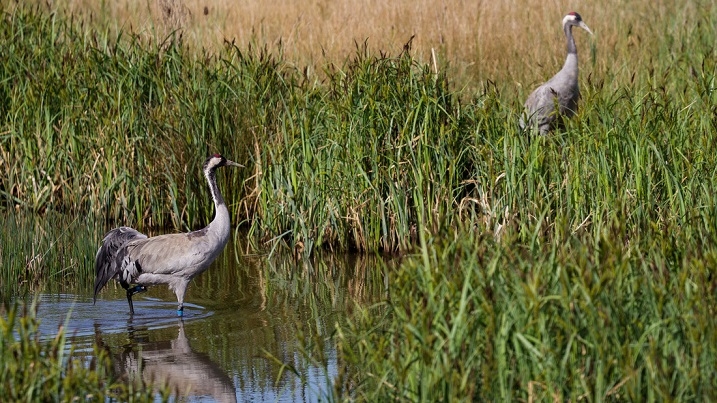
Don’t forget you can keep up to date with all the latest sightings on our Twitter account, for which you don’t need to be on Twitter yourself to view, just click here
For now, best wishes from Dave, Martin and Scott – stay safe, stay in touch and we look forward to being back with you all again soon!
